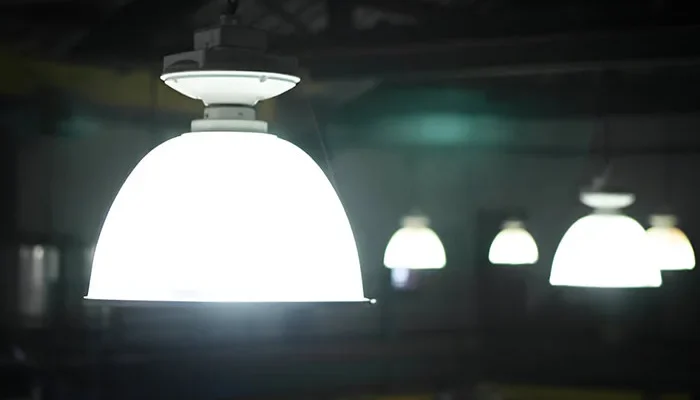Understanding Lighting Retrofits
A lighting retrofit mostly involves replacing or improving old lighting systems to make them work better and use less energy. In many places, older, less efficient incandescent or fluorescent lighting systems are still used. Modern lighting options, like LEDs, can help businesses and homes become more environmentally friendly by replacing old lights. For instance, store lighting retrofits provide an excellent opportunity to revamp lighting aesthetics while reducing energy costs. This process is more than just changing the bulbs; the lighting may need to be rearranged to meet new standards and make sure that the light is distributed evenly and the users are happy.
Cost-Effective Solutions for Your Energy Bills
Many businesses are motivated to make changes to their lights because it saves them money. As the price of energy keeps going up, it’s important to find ways to lower your power bills. LEDs are at the forefront of this effort to save energy. According to the U.S. Department of Energy, LEDs consume at least 75% less energy than traditional incandescent lighting and last 25 times longer. Because they last a long time, this means that you will save money on your energy bills and maintenance costs. Because LEDs give off less heat, air conditioners don’t have to work as hard, which saves even more energy during the warmer months.
Boosting Workplace Efficiency
Better lighting systems are not only good for your wallet, but they could also change the way workplaces are run. Good lighting has been linked to better happiness, better focus, and more work getting done by employees. When companies do a lighting upgrade, they invest in the health and productivity of their employees. Good lighting keeps people from getting tired, stops crashes at work, and keeps mistakes to a minimum. Studies back up the idea that good lighting design can make the workplace better, help workers do their best, make them happier at work, and possibly even make them more likely to stay with the company.
Technology at the Heart of Retrofit Success
Modern retrofit jobs are made easier by cutting-edge technology that gives lighting systems a lot more control and flexibility. Using smart technologies with LEDs has changed the way we control lights in a big way. Smart systems can change the lighting based on the amount of natural light, the number of people in the room, and even the time of day. Automated systems make sure that lights are off when rooms are not being used, which cuts energy use by a huge amount. These solutions can be changed to fit different rooms, making the right lighting settings available at any time and making the experience better for users.
Environmental Benefits
There are more perks than just saving money when you switch to more energy-efficient lighting. To lessen the damage to the earth, mostly by lowering greenhouse gas emissions, people must use less energy. Every kilowatt-hour of power saved by lighting that uses less energy equals less CO2 released into the air. The Sustainable Development Goals set by the United Nations and other natural goals are greatly helped by these steps. When companies use these environmentally friendly methods, they also raise the bar for their corporate social responsibility, making them important players in the global push for sustainability.
Implementing a Successful Retrofit
For a lighting upgrade to work, it needs to be carefully planned and carried out. The first step is to do a thorough lighting audit. This includes looking at the present fixtures, finding ones that don’t work well, and planning how they will be set up differently. Once you know what the room needs, the next step is to choose the right fixtures and technologies to meet those needs. Working with professionals with a lot of experience makes sure that the fix is done right and meets industry standards. Common mistakes, like not thinking about lighting enough or installing something poorly, can slow down the process and make sure that you are happy with the results for a long time.
The Long-term Impact on Building Value
The beginning costs of a lighting retrofit may make it seem like a bad idea, but the long-term financial and practical benefits can far outweigh these costs. People think that buildings with energy-efficient lights are more modern and care about the environment, which are traits that are becoming more and more appealing to buyers and renters. This can have a direct effect on how easy it is to sell and how much it’s worth. Making changes to a home that are more energy-efficient raises its value and gives it an edge in the real estate market. So, spending money on lighting upgrades isn’t just a cost; it’s a smart, long-term way to manage your money.
Geekzilla Tech Honor Magic 5 Pro: Features and Performance










Comments